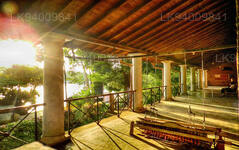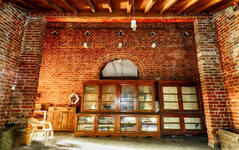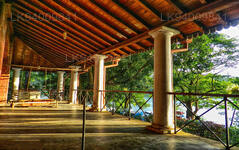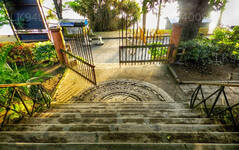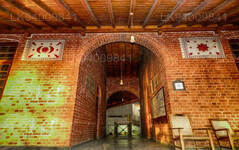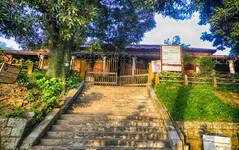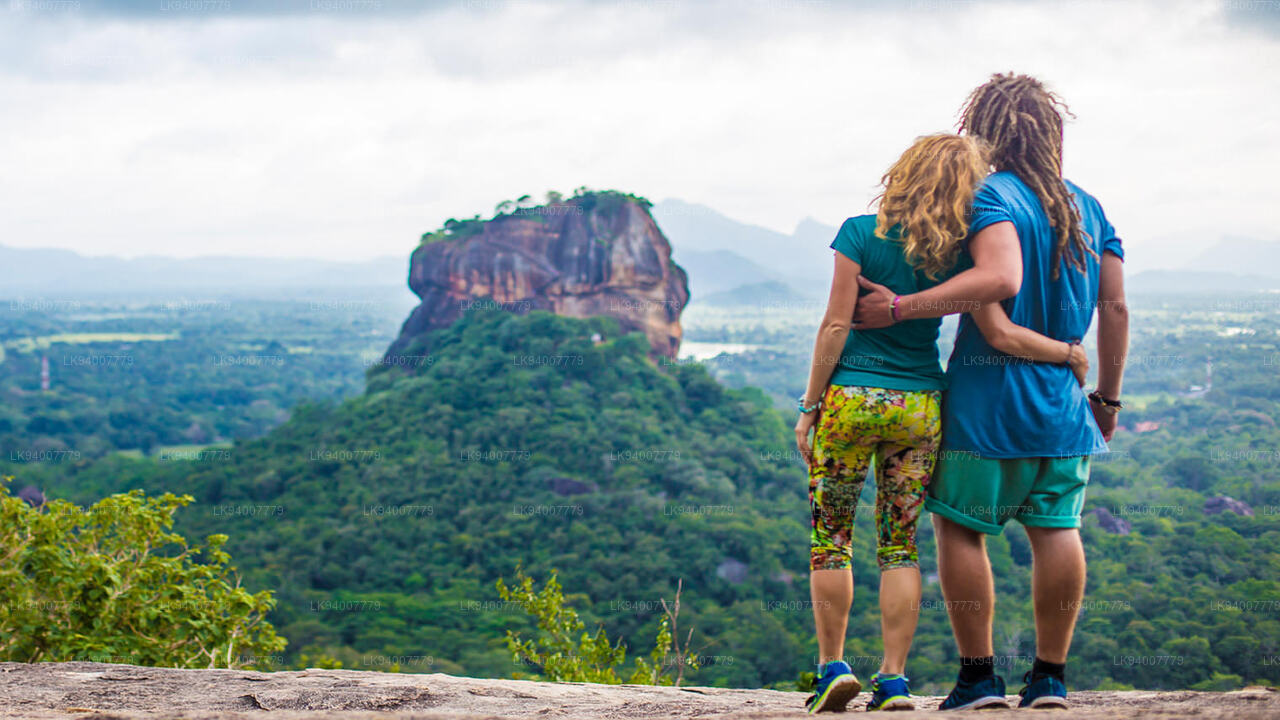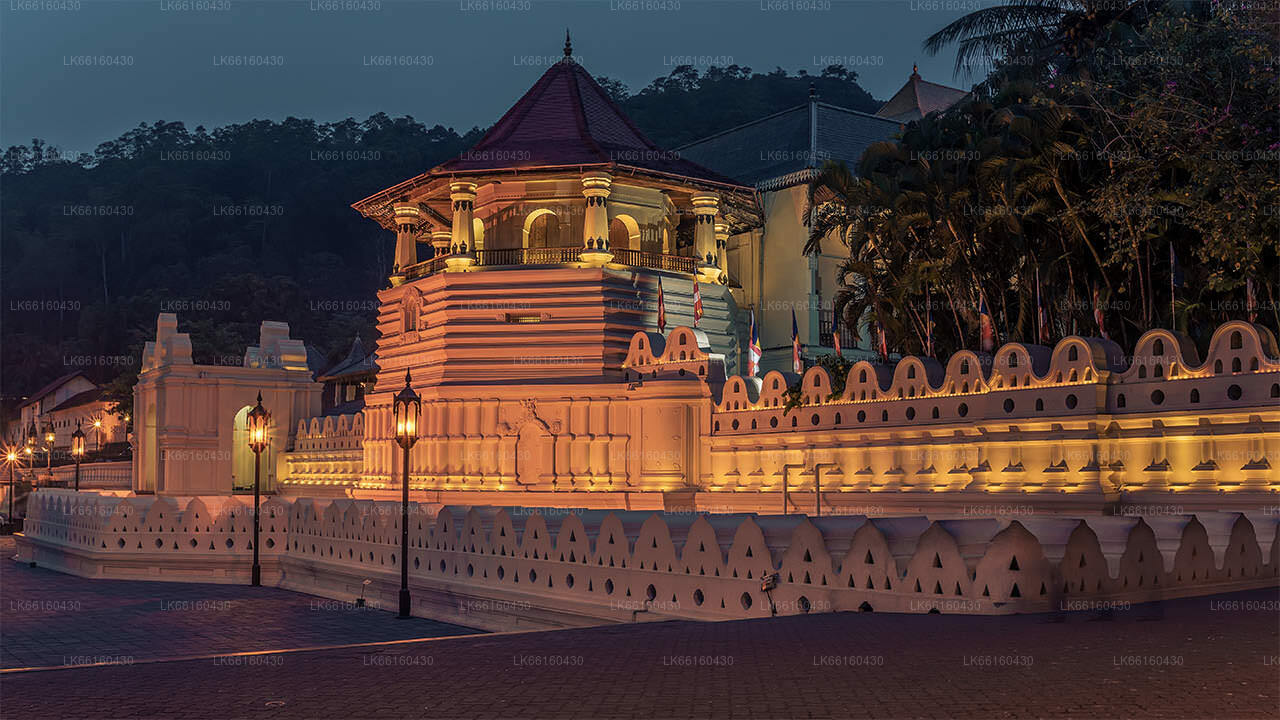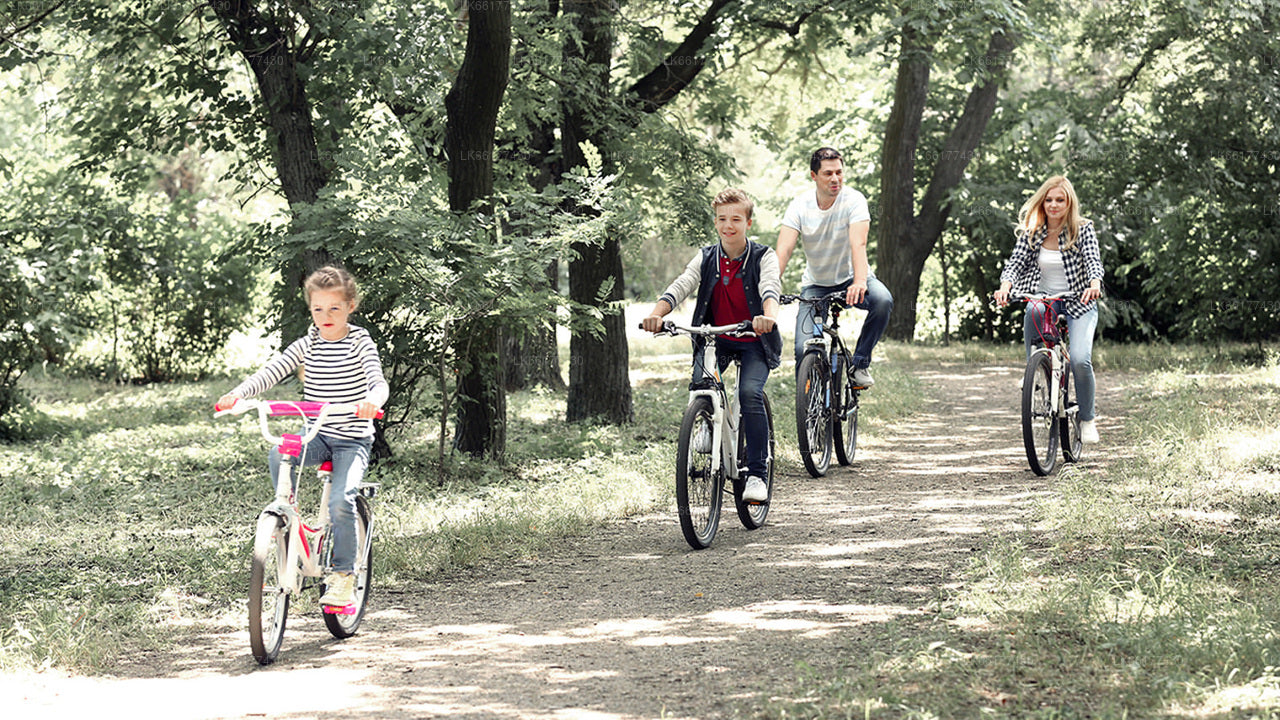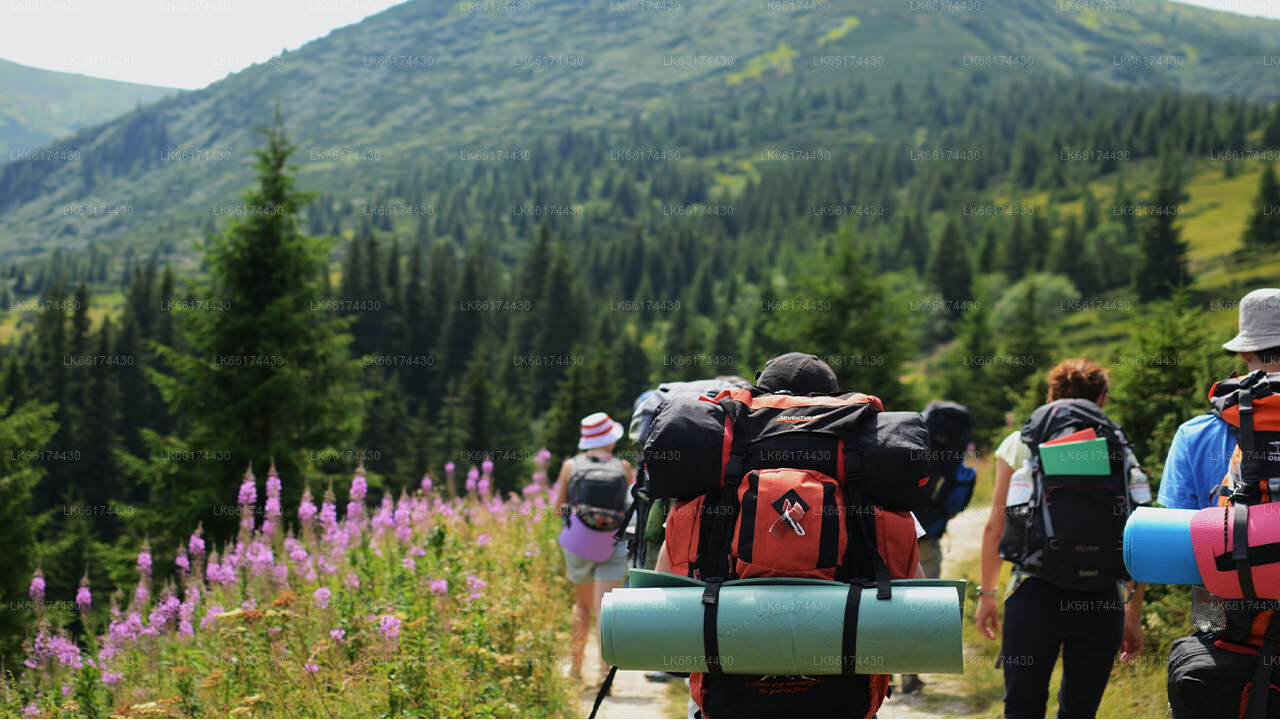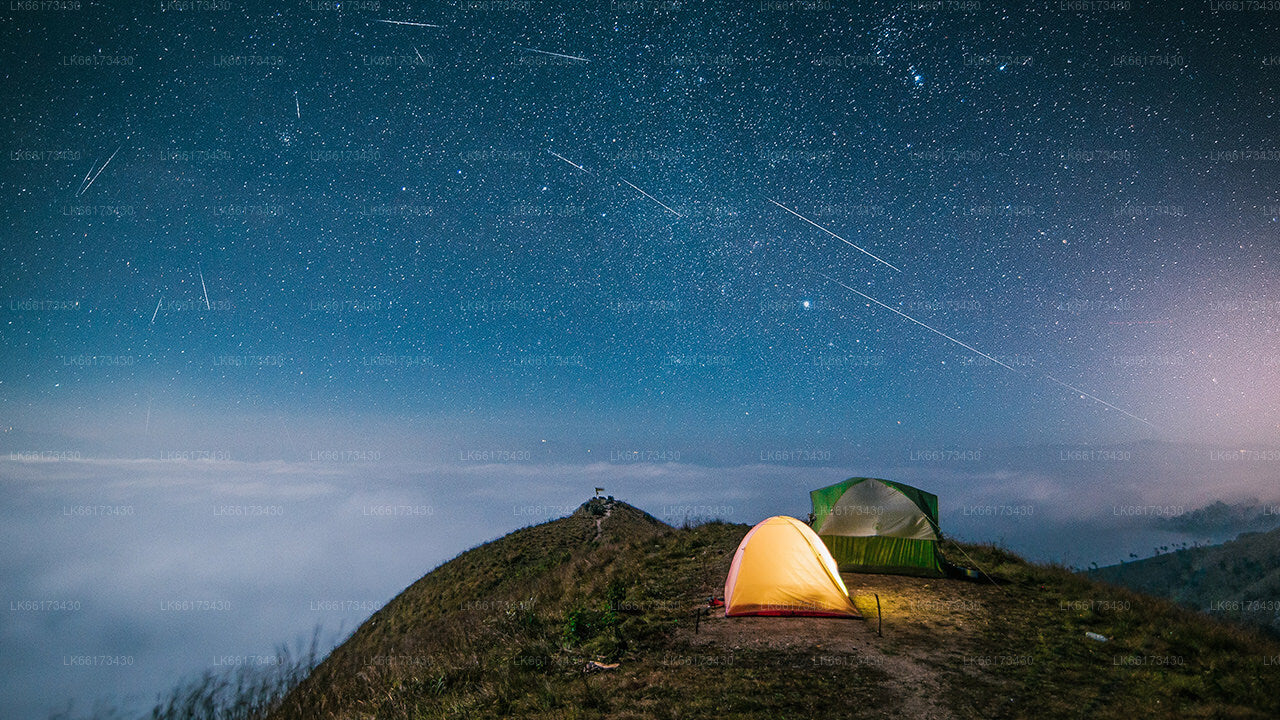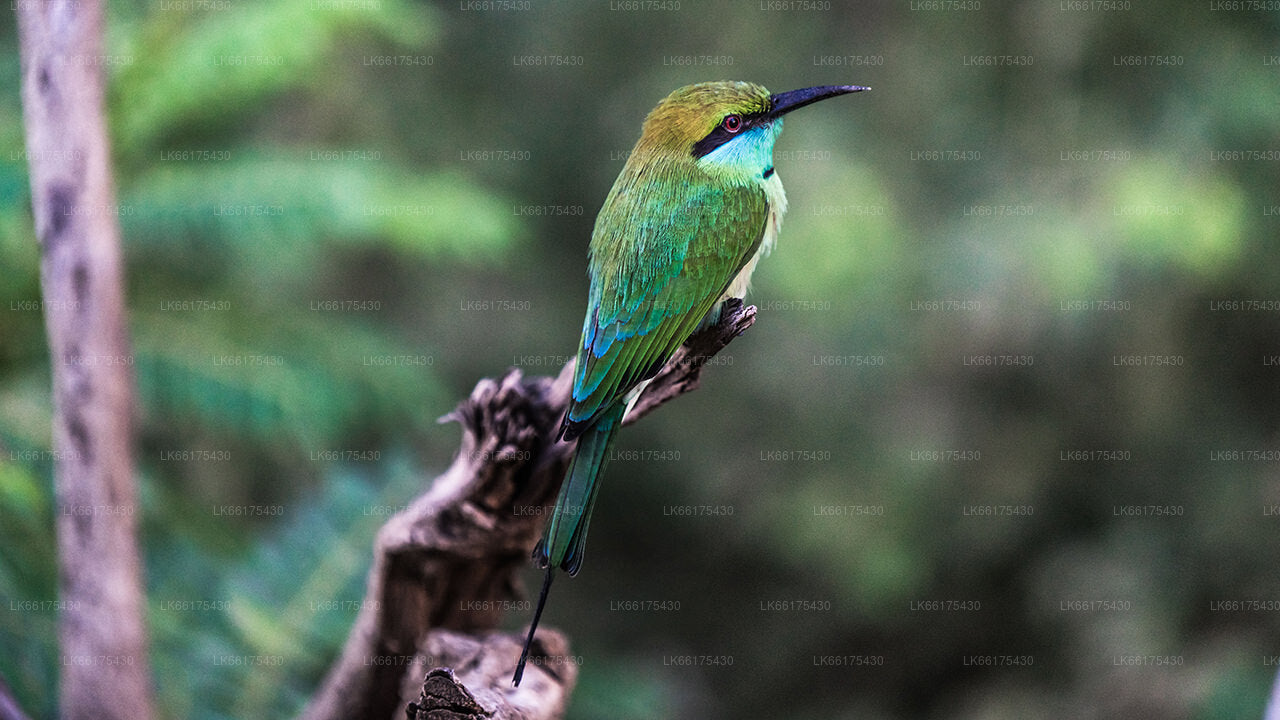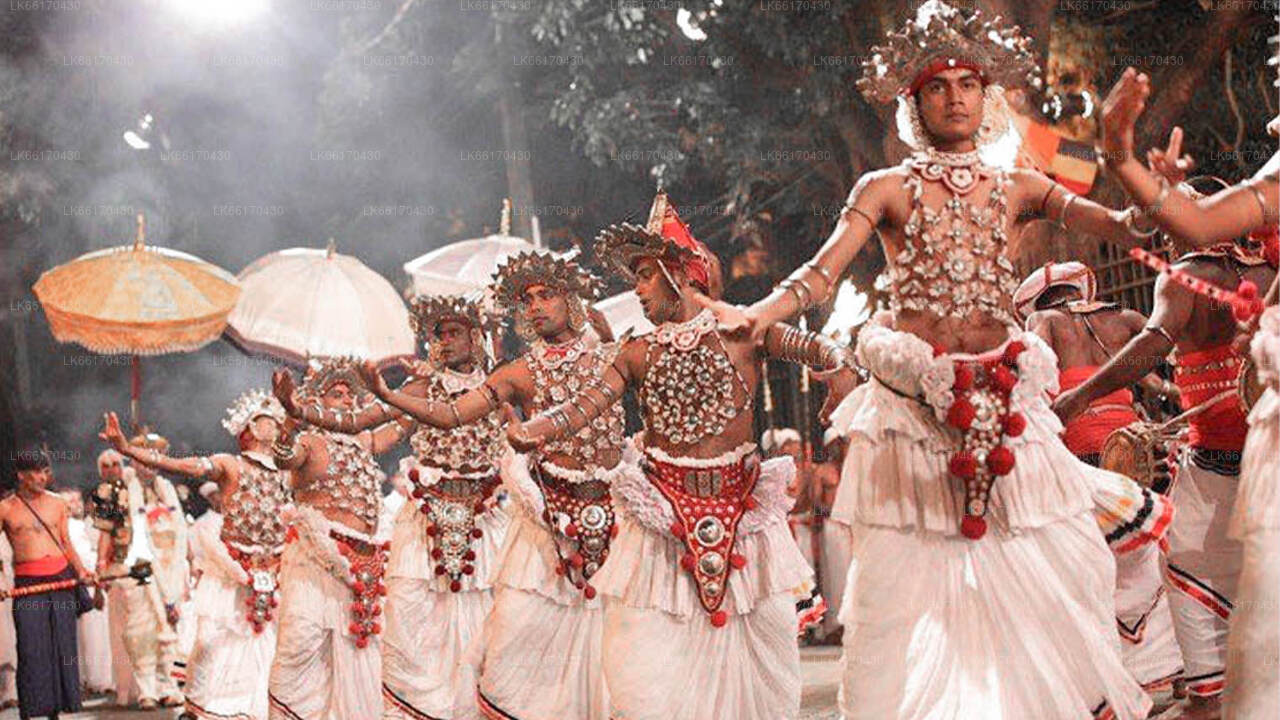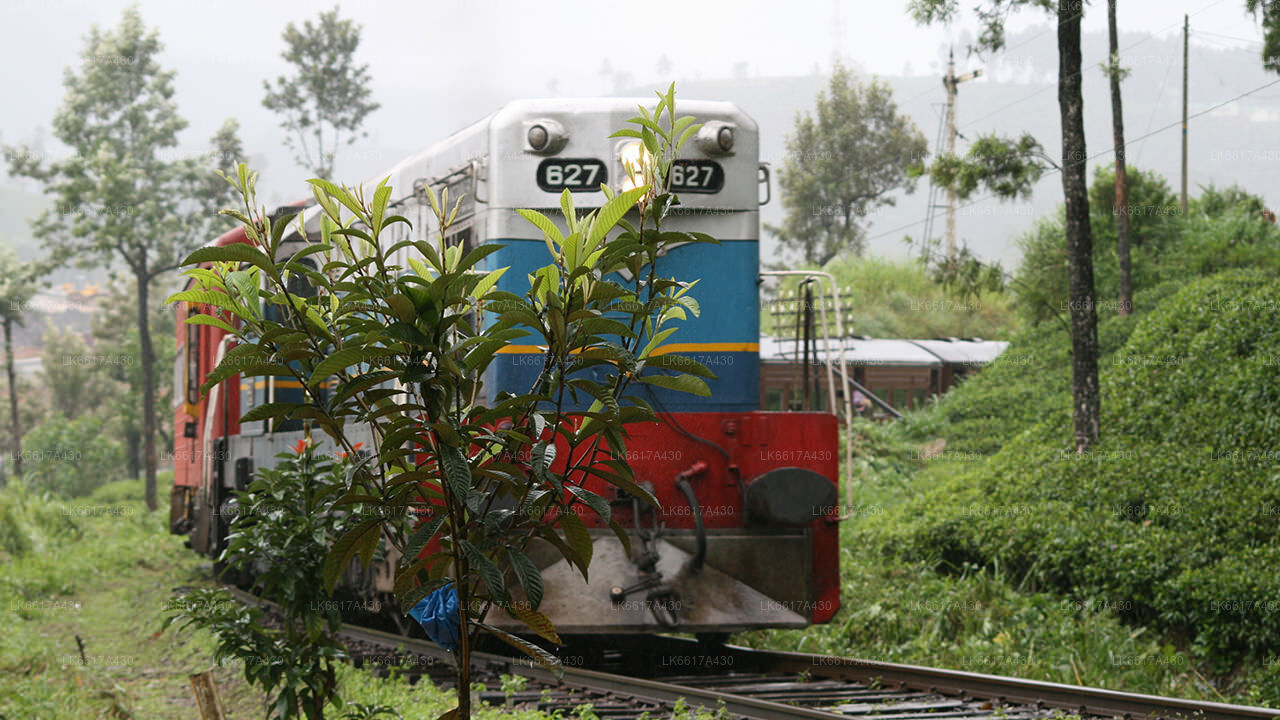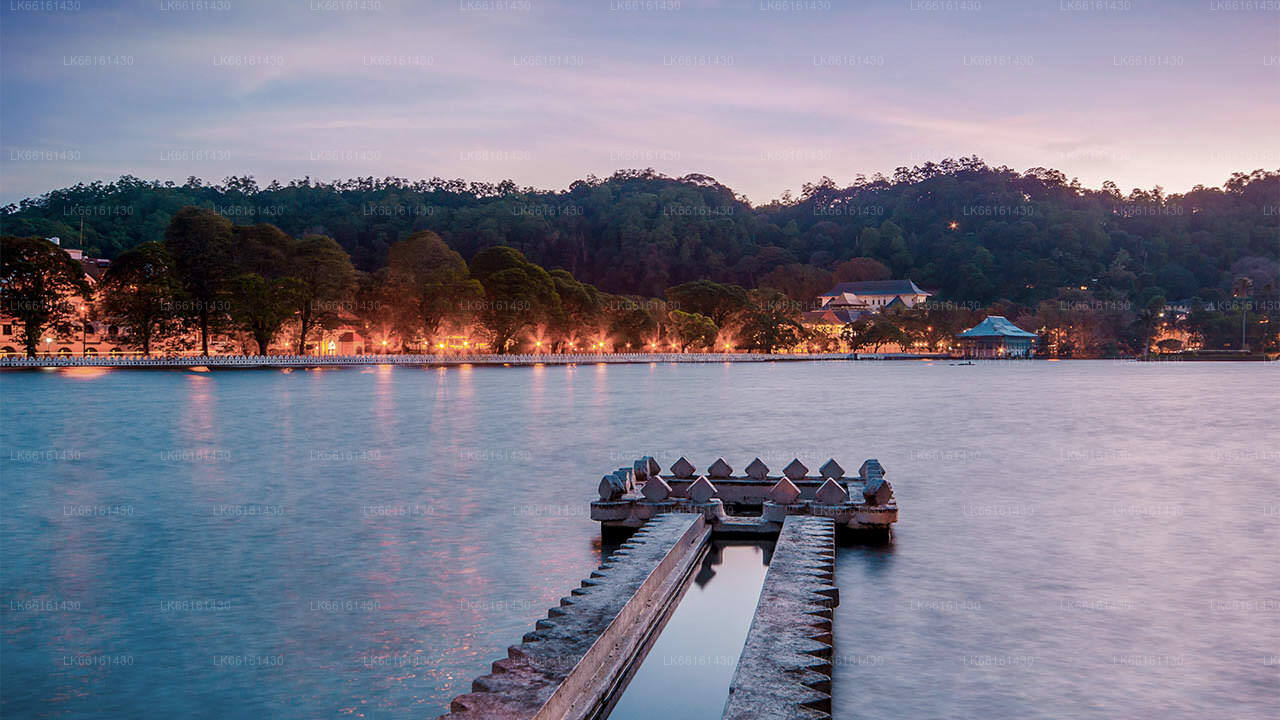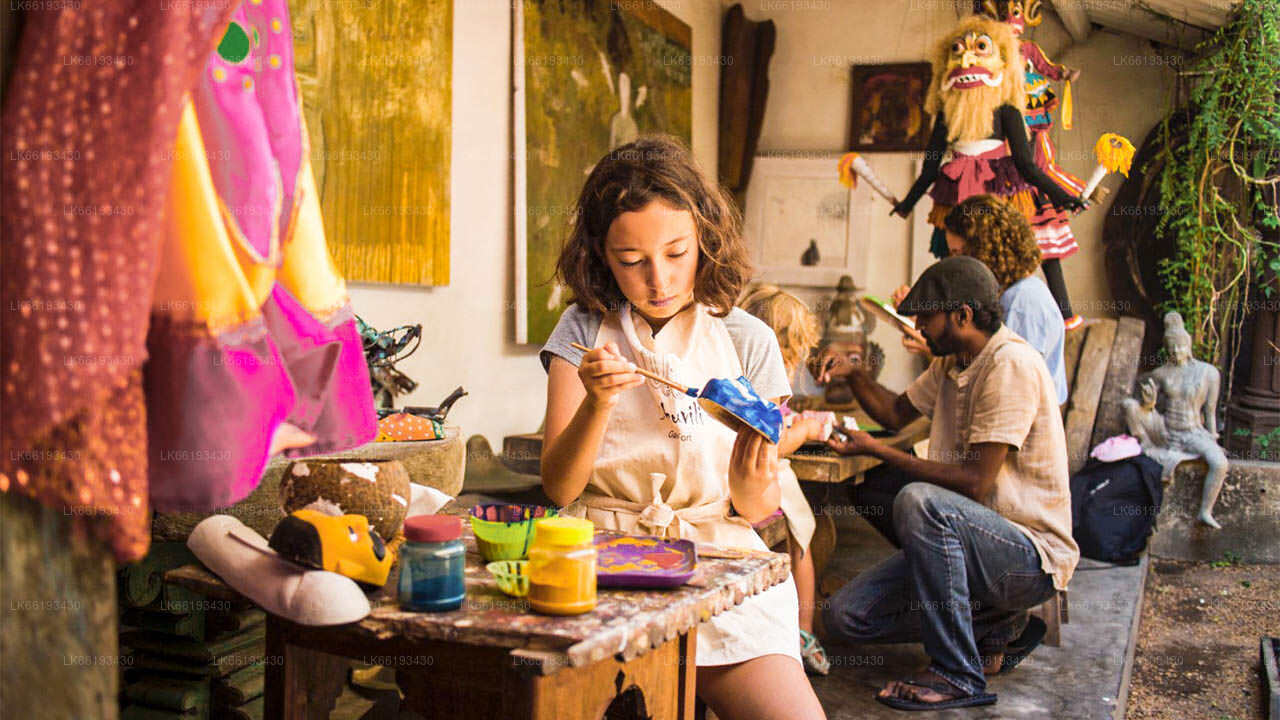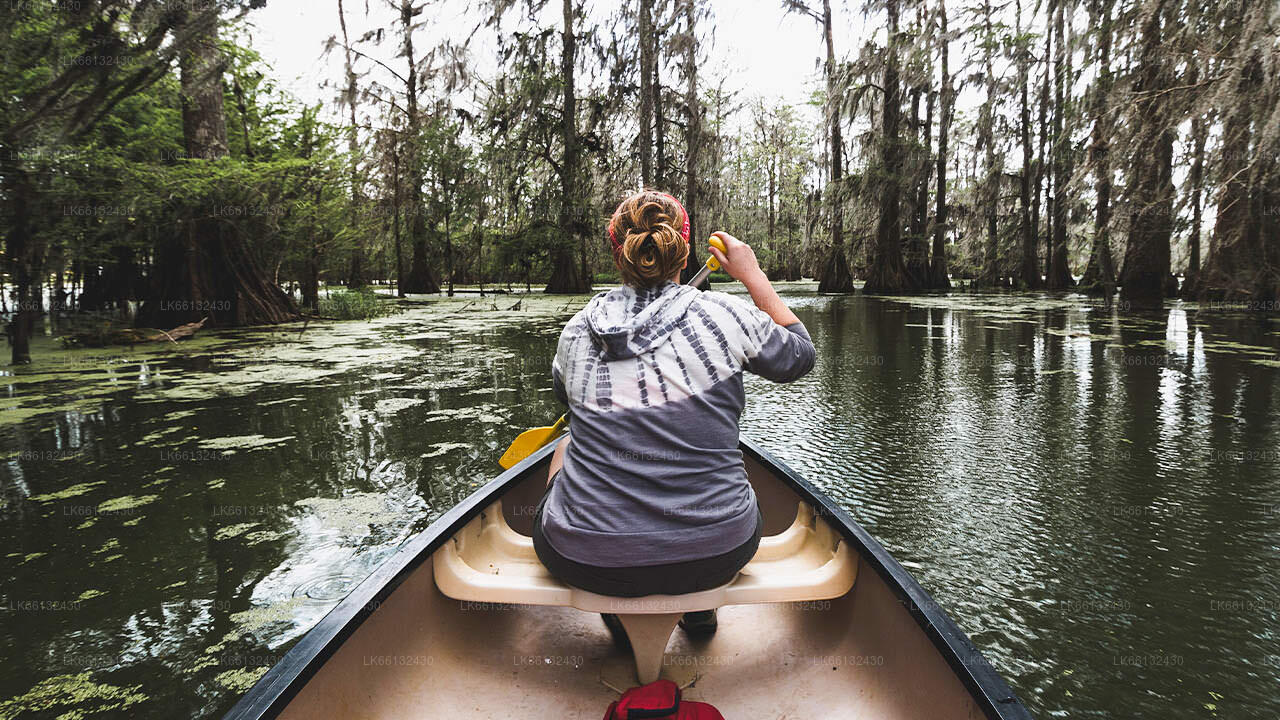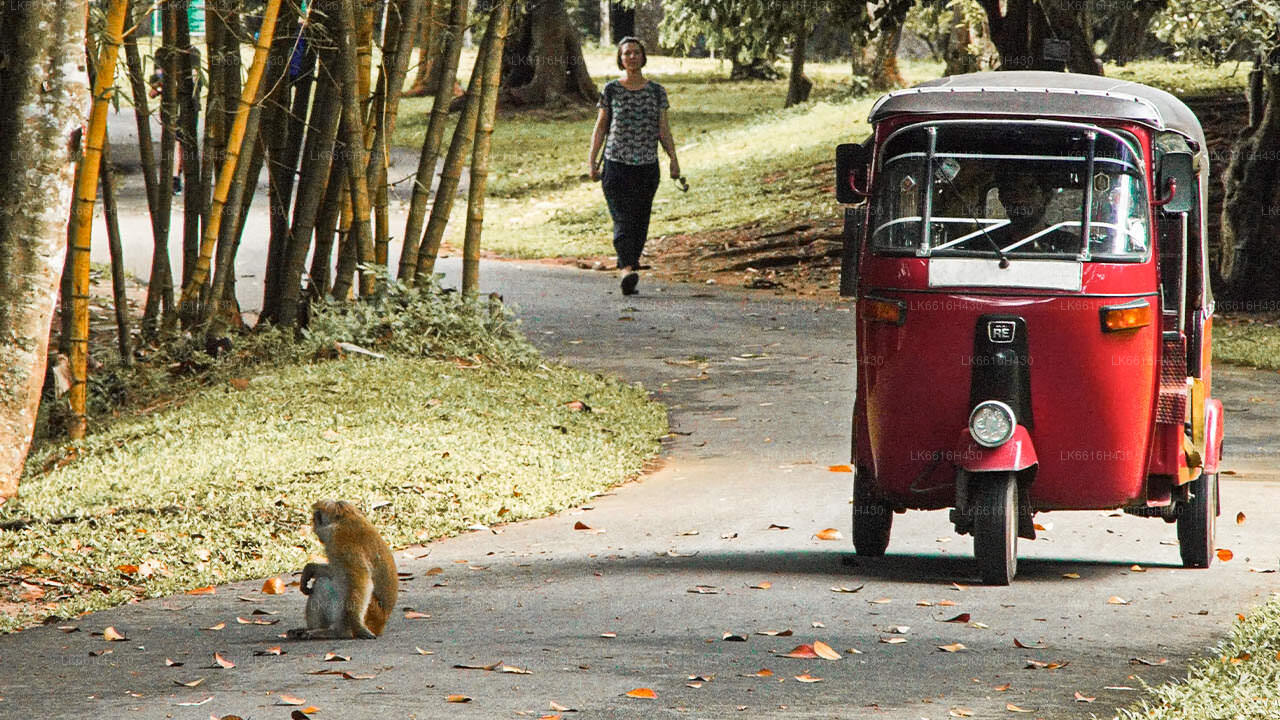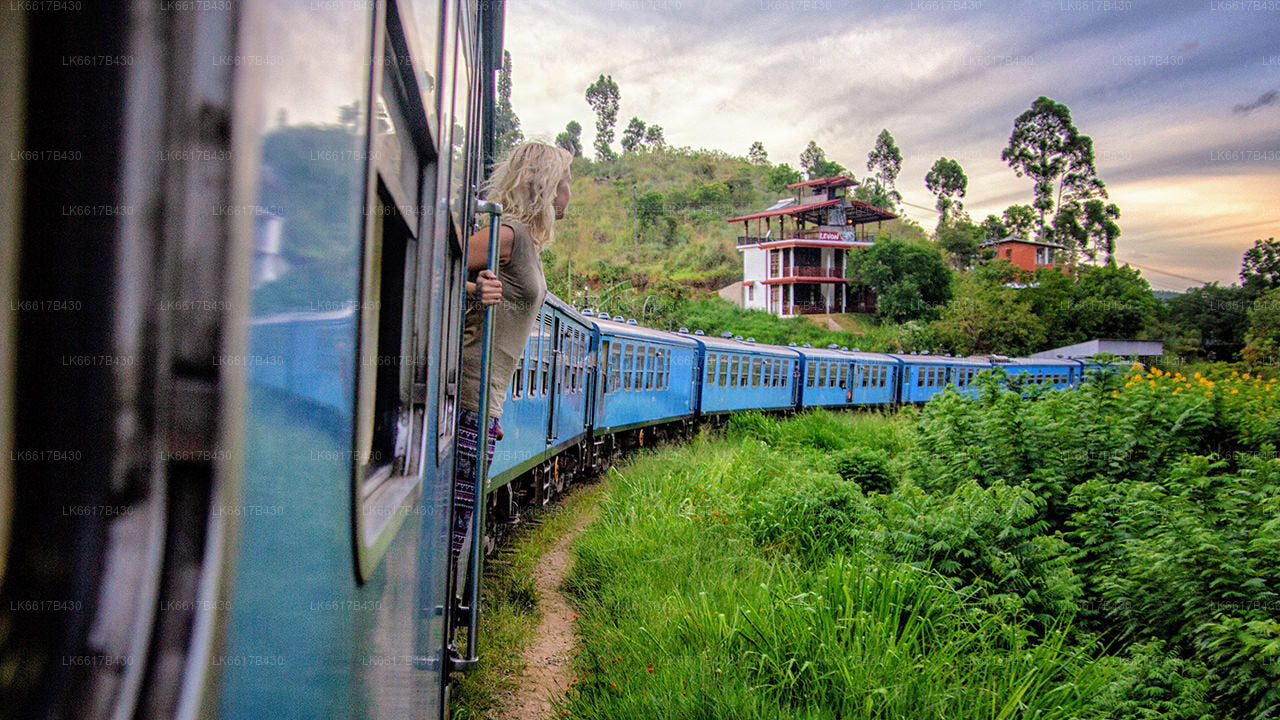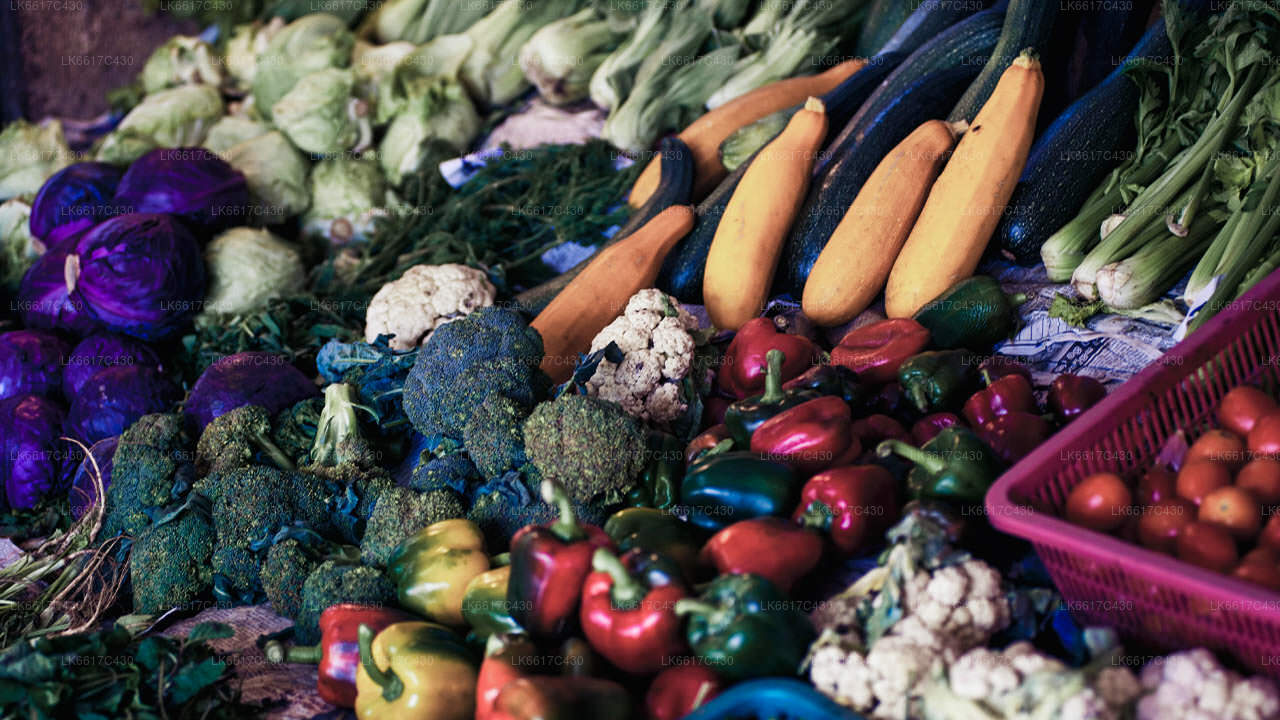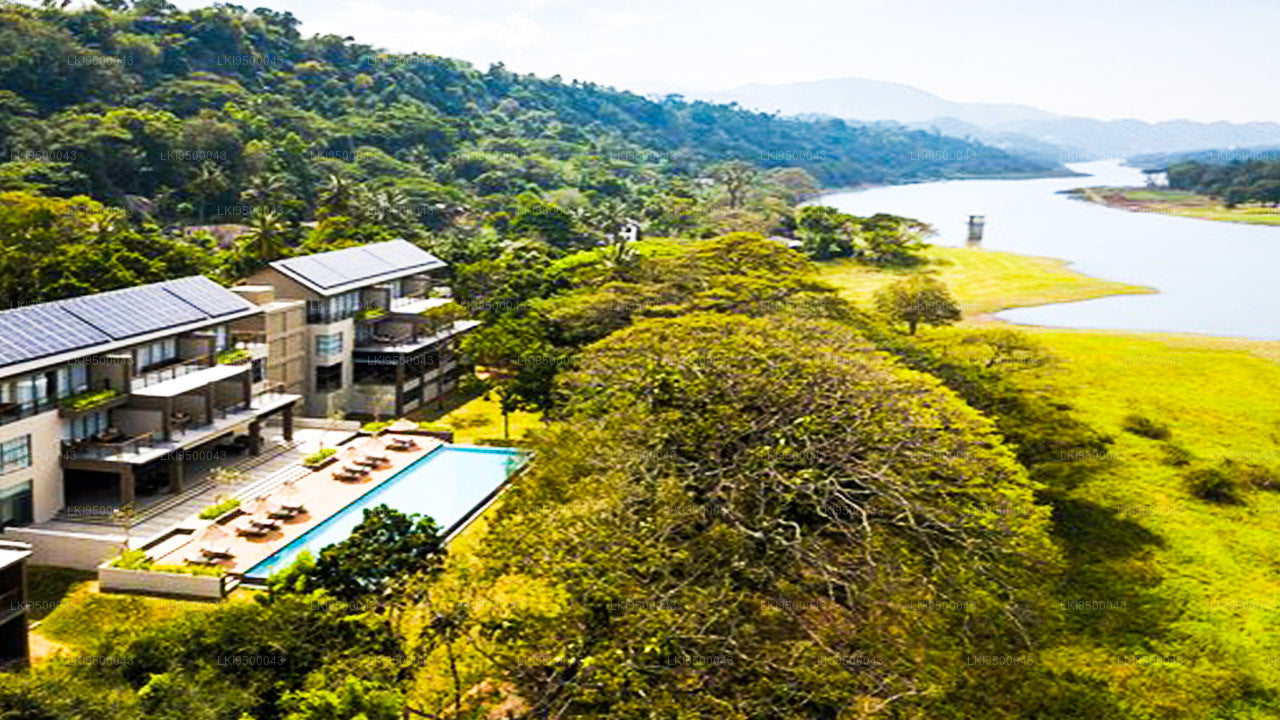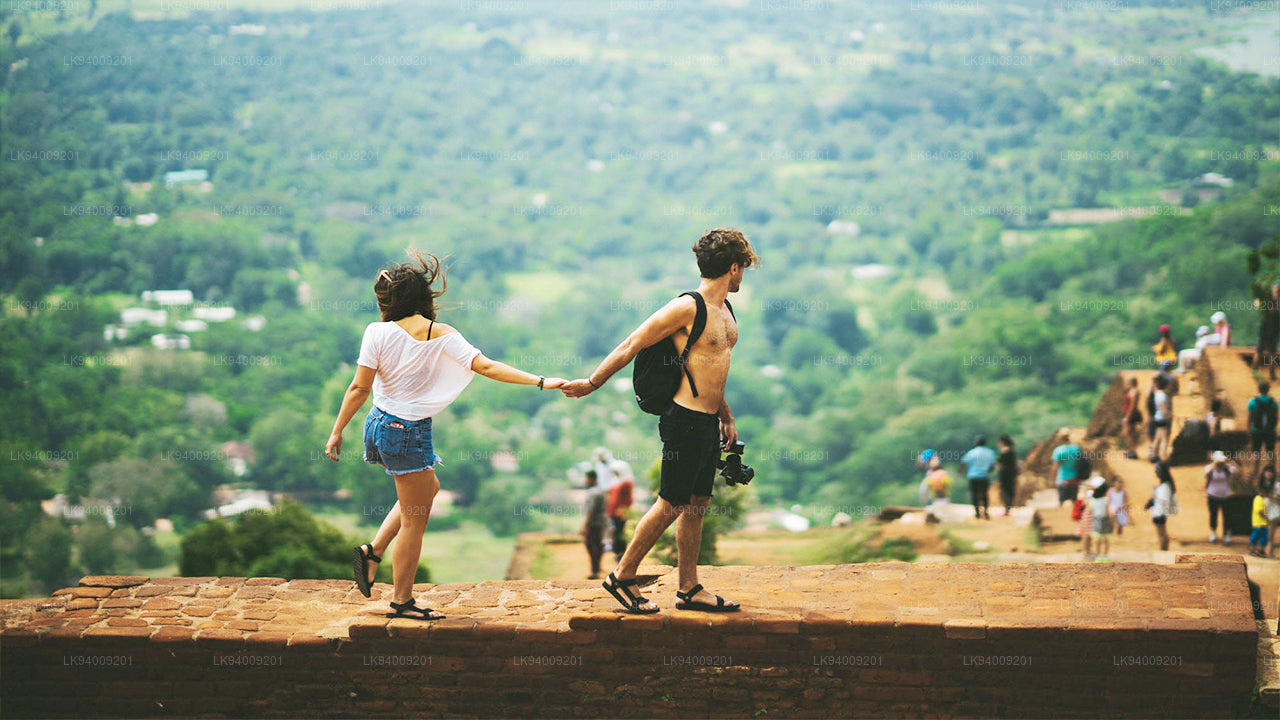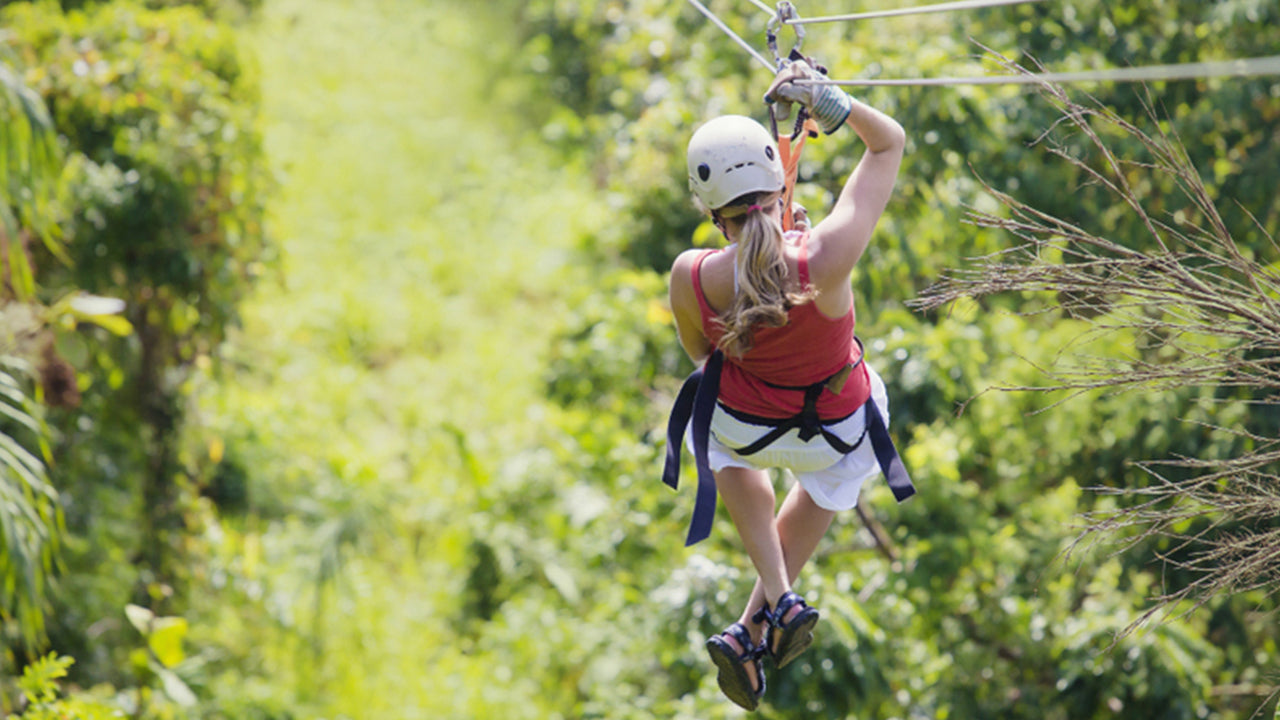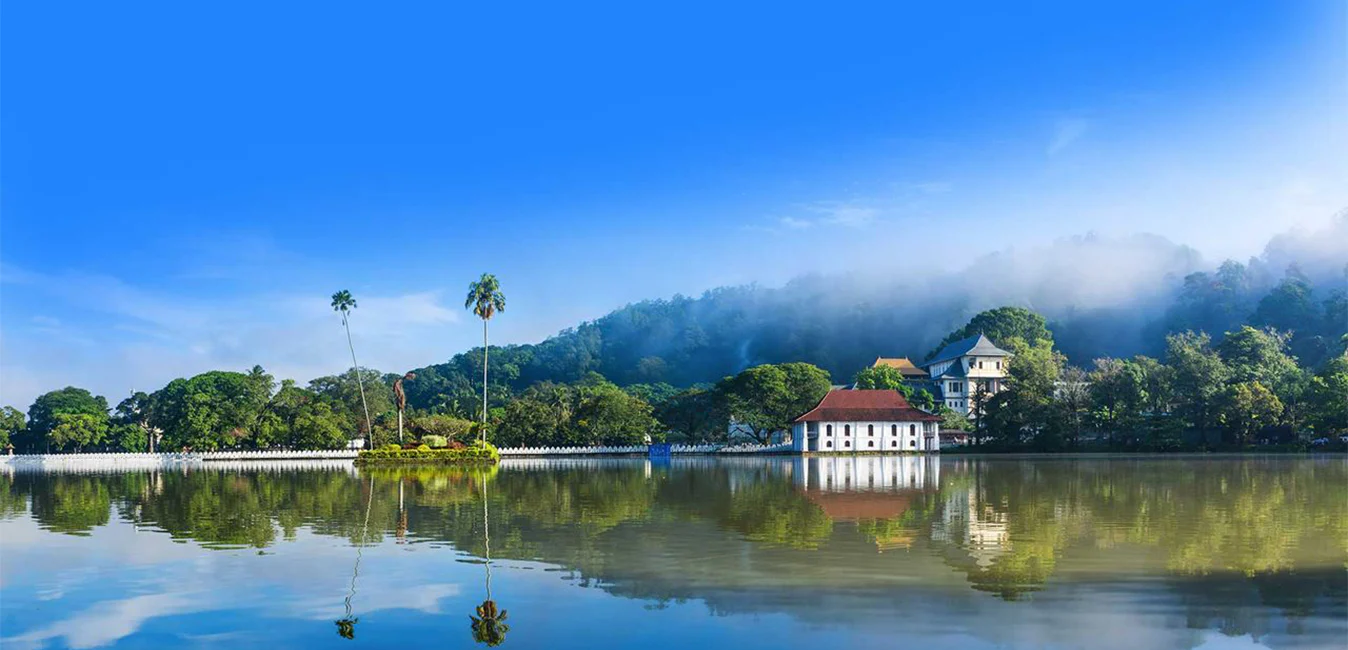
Kandy City
Kandy, a picturesque city in central Sri Lanka, is renowned for its rich cultural heritage, vibrant festivals, and scenic beauty. Nestled amidst lush hills, it is home to the Temple of the Tooth Relic, a UNESCO World Heritage Site, and offers a captivating blend of history and natural splendor.
Kandyan Art Association Cultural Centre
Kandyan Art Association is an association formed in 1882 to revitalise traditional Kandyan arts and crafts (such as weaving, wood carving, painting, jewelry making, music and dance) and support the traditional craftsmen by providing them a sales outlet.
Artists and craftsmen in the Kingdom of Kandy were well organised into guilds, with knowledge and skills passed down from generation to generation. Even marriages were within the same group so that the craft was closely guarded. These guilds all operated under the patronage of the king. When the kingdom was absorbed into the British Empire as a protectorate, following the Kandyan Convention of 1815, without a royal household most of these artists and craftsmen lost their livelihood and the guilds were disbanded, with only a few families continuing their crafts.
The association was established in 1882 by the British Government agent for the Central Province, Sir John Frederick Dickson, who brought together the traditional artists and the craftsmen in the Central Province. Initially it operated from a small room in the Government Agent’s Office. In 1904 the Association moved to the building known as the Palle Vahala (Lower Palace), the palace where the king's spouse and children resided. The building now houses the National Museum of Kandy.
In 1919 the association was incorporated as a public trust, and is now administered by the Government Agent of Kandy District and a management committee.
In 1924 the association was relocated to its present location, the former Kunam Maduwa (House of the Palanquins), which housed the palanquins used by the Kandyan royal court. The Kunam Maduwa was built by King Vimaladharmasuriya in the 16th Century. In 1876 the building was converted and used by the British as a military hospital.
In 1982 the association undertook a significant expansion, in conjunction with the organisation's centenary, constructing a new cultural centre and theatre adjoining the existing heritage building. The project was designed by Minnette de Silva, the first Sri Lankan female architect. The building was completed in August 1984, with a central theatre complex that seats 1,500 people, galleries and studio spaces. The theatre was extensively damaged by the 1998 bombing of the Temple of the Tooth by the Liberation Tigers of Tamil Eelam. In 2005 the government, through the efforts of Lakshman Kadirgamar (National List MP and Minister of Foreign Affairs), provided 7 million LKR to restore and enhance the building complex.
The Association organises a daily one hour traditional Kandyan dance and music performance showcase in the building's auditorium. These dances are performed by local families and products of the country's dancing institutions. The sales centre displays and sells handicrafts obtained from traditional crafts people who are members of the association.
About Kandy District
Kandy district is situated in the centrel province of Sri Lanka. One of the seven World Heritage Sites in Sri Lanka, Kandy was once home to the Kandyan Kings of yore in the 16th-century and a fountainhead for all the music, arts, crafts and culture in the country. About 129 km away from Colombo, Kandy is ensconced amongst a hilly terrain and all eyes are drawn to the centre of the city, where the Kandy Lake forms a charming feature. Kandy retains great religious significance for Sri Lanka, because it is in this charming city that the Dalada Maligawa or "Temple of the Tooth" is located, within which the sacred tooth relic of Lord Buddha lies well guarded.
The Royal Botanical Garden, Peradeniya is situated about 5 km to the west of the city centre at Peradeniya and is visited by 1.2 million people per year. It is the largest botanical garden on the island. The Udawatta Kele (Udawatta Forest) is a protected sanctuary situated in the heart of the city, just north of Temple of the Tooth.
Kandy is a Sinhala majority city; there are sizeable communities belonging to other ethnic groups, such as Moors and Tamils. Kandy is second only to Colombo the center of the Sri Lankan Economy. Many major co operations have large branch officers in Kandy and many industries include textiles, furniture, Information Technology and jewellery are found here. Many agriculture research centers are located in the city.
And a fountainhead for all the music, arts, crafts and culture in the country. About 129 km away from Colombo, Kandy is ensconced amongst a hilly terrain and all eyes are drawn to the centre of the city, where the Kandy Lake forms a charming feature. Kandy retains great religious significance for Sri Lanka , because it is in this charming city that the Dalada Maligawa or Temple of the Toothis located, within which the sacred tooth relic of Lord Buddha lies well guarded.
About Central Provincce
The Central Province of Sri Lanka consists primarily of mountainous terrain. The province has an area of 5,674 km², and a population of 2,421,148. Some major towns include Kandy, Gampola (24,730), Nuwara Eliya and Bandarawela. The population is a mixture of Sinhalese, Tamil and the Moors.
Both the hill capital Kandy and the city of Nuwara Eliya are located within the Central Province as well as Sri Pada. The province produces much of the famous Ceylon tea, planted by the British in the 1860s after a devastating disease killed all the coffee plantations in the province. Central Province attracts many tourists, with hill station towns such as Kandy, Gampola, Hatton and Nuwara Eliya. Temple tooth or Dalada maligawa is the main sacred place in Centrel province.
The climate is cool, and many areas about 1500 meters often have chilly nights. The western slopes are very wet, some places having almost 7000 mm of rain per year. The eastern slopes are parts of the mid-dry zone as it is receiving rain only from North-Eastern monsoon. The Temperatures range from 24°C at Kandy to just 16°C in Nuwara Eliya, which is located 1,889 m above sea level. The highest mountains in Sri Lanka are located in the Central Province. The terrain is mostly mountainous, with deep valleys cutting into it. The two main mountain regions are the central massif and the Knuckles range to the east of Kandy.

